| 仭 |
Implants |
| 丂 |
| 丂 |
Material |
Characteristics |
Porosity |
Fabrication
method |
| CT-Bone |
兛-tricalcium phosphate
乮兛-TCP乯 |
Un-sintered, connecting pores |
48% |
Three dimensional lamination method by ink-jet printing technology. |
| Existing artificial bone products |
Hydroxyapatite
乮HA乯 |
Sintered porous material |
55% |
Cut by hand from the block |
|
| 丂 |
丂 |
| 仭 |
Fabrication method |
| 丂 |
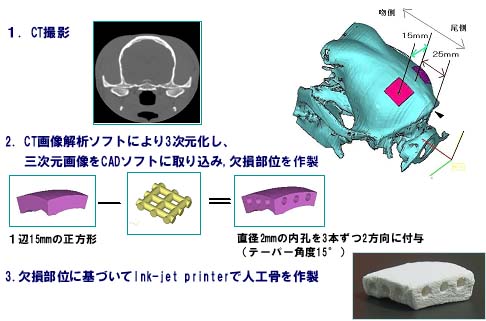 |
|
仯PAGE
TOP |
|
|
| 仭 |
CT
findings |
|
Narrowing of connecting macropores and bridge formation between CT-Bone and bone stump are observed. |
|
|
Immediately
after surgery
4 weeks after
24 weeks after
|
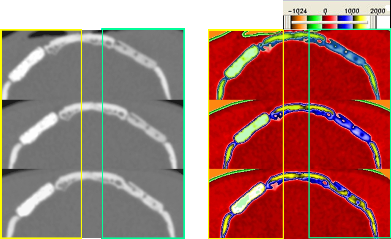 |
|
Apacerum丂
CT-Bone
Apacerum丂
丂CT-Bone |
|
|
| 仭 |
HU
analysis |
|
CT-Bone shows significantly more increment in HU than Apacerum. |
|
Profile
Line
Profile Line |
|
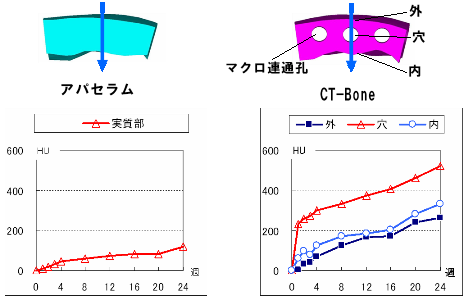 |
|
仯PAGE
TOP |
| 仭 |
Histologic findings |
|
乮侾乯HE
staining
In Apacerum, osteocytes were found only in its body.
In CT-Bone, bone-like tissue penetrates into connecting macropores. In addition, bone marrow formation was observed, with erythroblasts pointed by the blue arrow and megakaryocytes pointed by the yellow arrow. |
|
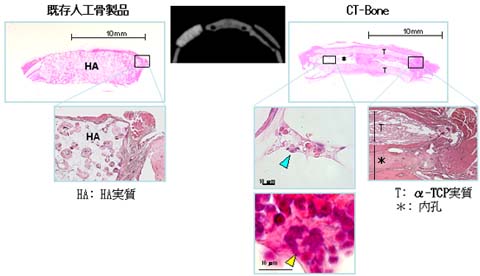 |
|
乮俀乯MT
staining
Blue collagenous fibers and bone tissues penetrate into Apacerum body and mactopores of CT-Bone. |
|
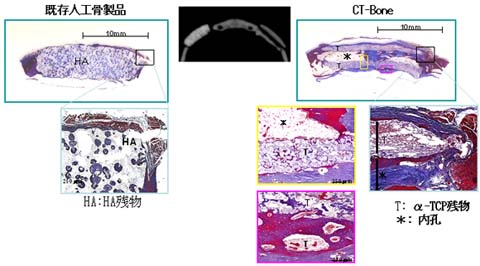 |
|
乮俁乯TRAP
staining
TRAP stain shows osteoclasts pointed by the orange arrow. |
|
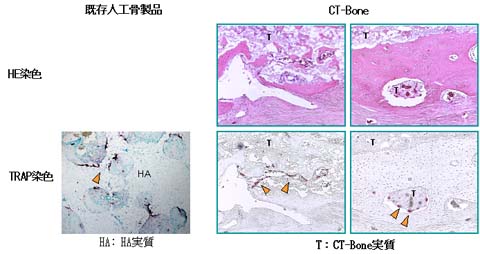 |
|
仯PAGE
TOP |
| 仭 |
Application to animal patient |
|
丒Corgi Dog suffering from bone sarcoma underwent tumor resection, and CT-Bone was implanted to the bone defect site.
丒Granulomas was removed in implantation.
Implant was performed on 19th July, 2005.
|
|
丒The patient dog has been followed up by blood tests and CT scanning, showing steady recovery.
|
|
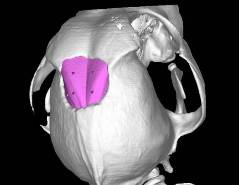
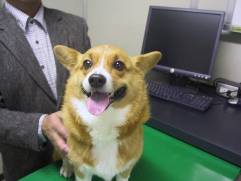 |
|
丂丂丂丂丂丂The implanted CT-Bone
The patient dog looks fine. |
|
|
|
丒Temporal profile of CT of the implanted site |
| 丂 |
丂丂丂丂丂Immediately
after surgery丂丂3 months after
丂丂丂 7 months after丂丂丂丂10
months after |
| 丂 |
|
HU339乣3071
丂
HU110乣3071丂丂丂丂丂丂 |
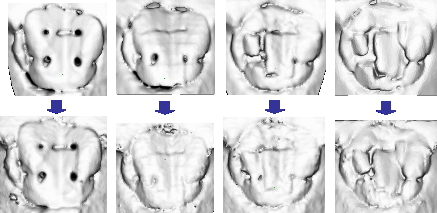 |
| 丂 |
|
| 丂 |
仯PAGE
TOP
|
